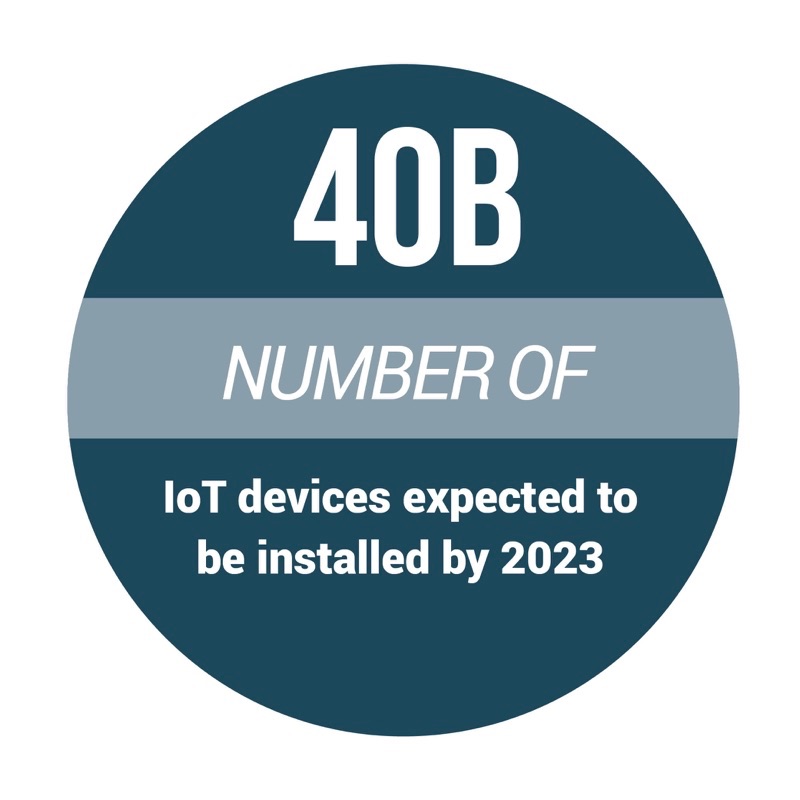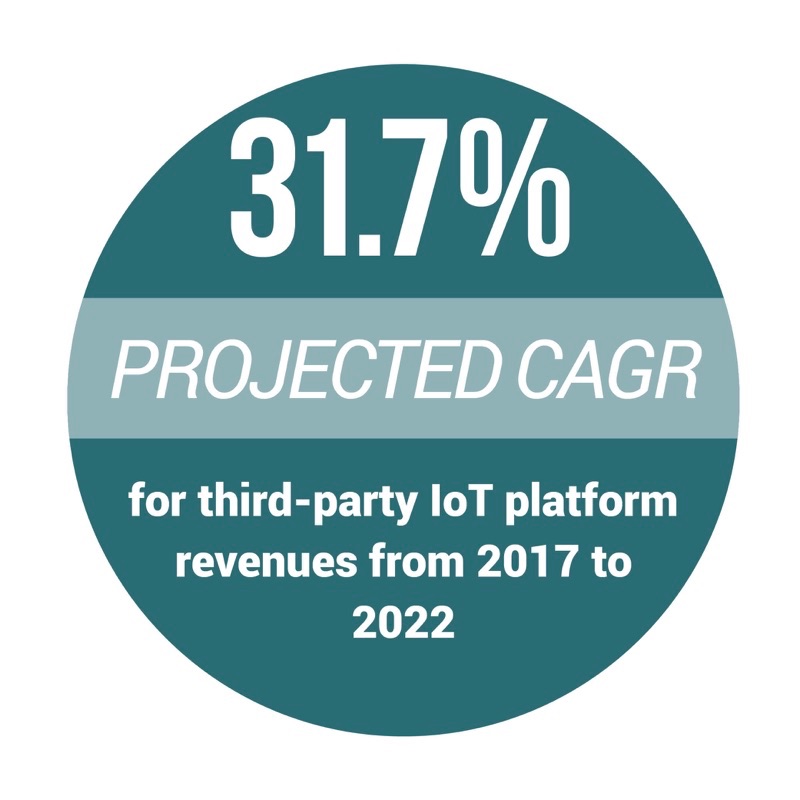TRENDING: IoT’s Big Security Fail
Over the next five years, some 40 billion connected devices are expected to be installed by consumers and businesses around the world. This rapid proliferation of Intelligence of Things (IoT) devices calls for robust infrastructure that can securely accommodate the upsurge of network traffic.
In the July IoT Tracker, PYMNTS charts the efforts of network providers to enhance IoT-readiness and capabilities, and details emerging IoT use cases that are being implemented in the industrial, retail and public sectors.
IBM is looking to expand its industrial IoT offerings with its recent acquisition of Oniqua Holdings. The company plans to offer predictive equipment maintenance and better spare-parts inventory management to reduce machine downtime for its industrial clients.
Coca-Cola Hellenic Bottling Company (HBC), meanwhile, recently became one of the latest companies to embrace the potential of IoT by installing 300,000 connected Atos coolers, in stores by the end of the year. The move is aimed at giving Coca-Cola HBC new insight into data regarding cooler stock levels, cooler and product placement, and more — and will also enable the company to interact with nearby customers in real time through mobile apps.
But it isn’t just the soda market that’s getting an IoT-enabled update. Water utility providers are also looking to get their feet wet in the IoT space. Neptune Technology and machineQ recently announced a collaborative solution intended to help utility companies use IoT to implement advanced water metering and infrastructure, with the intention to do away with manual metering.
Get the scoop on the rest of the latest news in the Tracker.
The consumer space, meanwhile, has in recent years been full of stories about attacks on consumer-facing IoT-enabled devices, ranging from connected toys being turned into spying devices to cybercriminals breaking into home networks through smart appliances.
In this month’s feature story, Marcio Avillez, senior vice president of networks for artificial intelligence (AI) software platform provider CUJO AI, dives into why securing home devices is such a challenge — and why methods for protecting enterprise networks, and even consumer laptops, fall short of keeping connected thermostats and smart lightbulbs secure. The key to helping network providers keep home IoT safe and sound, Avillez said, is taking a device-specific approach to identifying and thwarting threats.
“The industry has developed very good solutions to protect organizations and enterprises against cyber threats … [but the home] is a completely different environment,” Avillez said.
Read the full story in the Tracker.
About The Tracker
The Intelligence of Things Tracker™ showcases companies that are leading the way in all aspects of the Intelligence of Things. Every month, the Tracker looks at what these companies are doing across the ecosystem and in several categories, including Personal, Home, Retail, Transportation, Wearable, Mobile, Infrastructure, Data and more.


